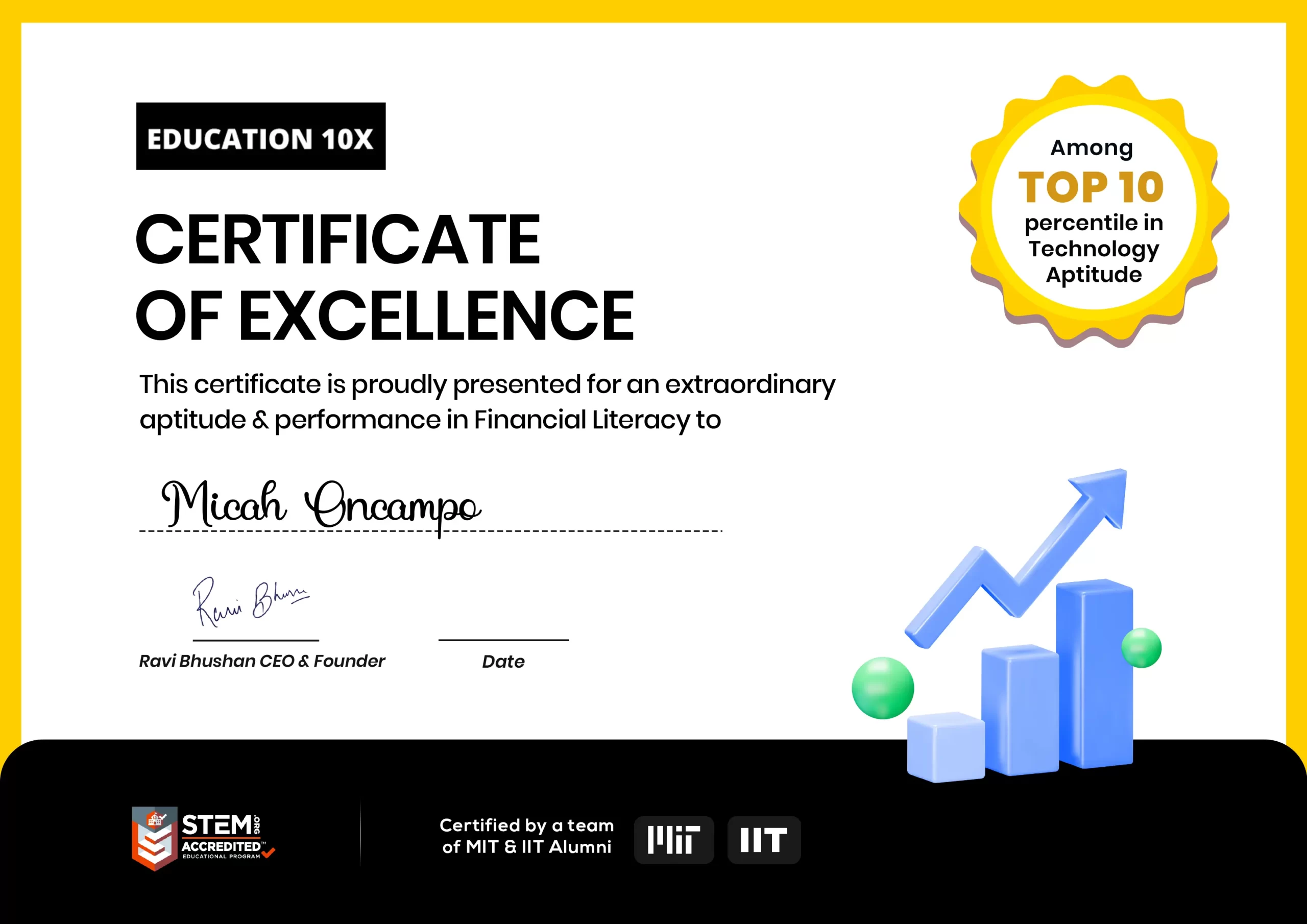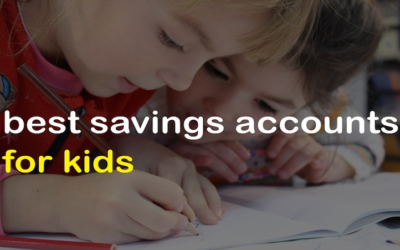In an era characterized by rapid technological advancement and shifting paradigms in financial transactions, the concept of digital currency has emerged as a transformative force that challenges traditional notions of money and value exchange. The proliferation of digital currencies, such as Bitcoin, Ethereum, and numerous others, has introduced a new dimension to the way we perceive and utilize money.
As we navigate a digital landscape where convenience and innovation converge, understanding the intricacies of digital currency becomes imperative for individuals, businesses, and governments alike.
However, the rise of digital currency also presents challenges and concerns. Volatility, regulatory uncertainties, and the potential for misuse in illegal activities have sparked debates about the viability and long-term sustainability of these currencies. Governments and regulatory bodies are grappling with how to harness the benefits of digital currencies while mitigating risks.
In this article, we will learn about the realm of digital currency, exploring its origins, mechanisms, benefits, and potential implications for the future of global finance.
Table of contents
Introduction to Digital Literacy
Teaching money management for kids goes beyond coins and bills; it now includes digital literacy, helping them navigate the world of online transactions and digital financial tools. Equipping children with these skills early on ensures they develop responsible financial habits and a savvy understanding of the digital economy.
Defining Digital Literacy
Digital literacy is the capacity to access, analyze, and effectively communicate information using digital tools and technologies. It calls for not only technological proficiency but also critical analysis, moral judgment, and appropriate conduct in digital settings.
Significance in Today’s World
In a rapidly evolving digital landscape, being digitally literate is essential for personal, educational, and professional growth. From online research and communication to the utilization of digital resources for learning and entertainment, digital literacy is the key to unlocking the full potential of technology.
Importance for Kids’ Development
Introducing financial education for kids in the context of digital literacy equips them with essential skills for managing money in today’s tech-driven world, ensuring they make informed decisions and navigate online financial landscapes with confidence. Children today are raised in a digital world where screens play a significant role in daily life from an early age. Giving children the tools to make educated decisions, express their creativity, and interact ethically in the digital world is just as important as educating them for the future.
Key Aspects of Digital Literacy

Digital Literacy Skills Defined
Digital literacy skills encompass a range of abilities, including information literacy (evaluating online content), media literacy (understanding media messages), and technological literacy (using digital tools effectively).
Technological Literacy and Its Components
1. Understanding Hardware and Software: Digital literacy begins with understanding the basics of hardware (physical devices) and software (programs and applications). This knowledge empowers kids to troubleshoot common tech issues.
2. Navigating Digital Interfaces: The ability to navigate various digital interfaces, from operating systems to applications, enhances a child’s confidence in using different devices.
Internet Competence and Online Knowledge
1. Effective Search Strategies: Teaching kids how to search for reliable information online is a crucial skill in today’s information-rich environment.
2. Evaluating Online Information: Kids should learn to discern credible sources from misinformation or biased content, promoting critical thinking and skepticism.
Cyber Skills and Online Safety
- Identifying Cyber Threats: Kids must be educated about cyber threats such as phishing, malware, and scams to ensure they can safeguard themselves online.
2. Practicing Secure Online Behaviour: Instilling habits like using strong passwords and being cautious about sharing personal information is essential for their digital safety.
Nurturing Digital Literacy in Kids
Understanding the intersection of kids’ cognitive development and technology use is key to ensuring that their engagement with digital tools is not only educational but also balanced and developmentally appropriate.

Kids’ Cognitive Development and Technology Use
The relationship between cognitive development in children and technology use is a complex one, with careful balance and guidance required. Thoughtful integration of technology can offer valuable learning opportunities, but it’s crucial to prioritize activities that promote critical thinking, creativity, and social interaction to support well-rounded cognitive growth.
The use of technology by children should be adapted to their developmental level. While older children can explore more complex applications that foster critical thinking, younger children may benefit from interactive apps that concentrate on fundamental principles. It’s possible for well-made instructional apps to improve cognitive growth.
While keeping youngsters engaged and entertained, interactive games help improve memory, attention span, and logical thinking abilities. The tasks in these apps frequently gradually adjust to a child’s ability level, encouraging continual improvement.
Kids Develop Essential Skills Through Technology
Children are encouraged to use critical thinking and creative problem-solving skills through interactive digital activities. These experiences teach problem-solving abilities that can be used to real-world settings, whether it’s a puzzle-solving game or a simulation that calls for strategic thinking. Kids can use digital platforms as a blank canvas to express their creativity.
Technology enables youngsters to express themselves in fresh and imaginative ways, encouraging their innovative spirit, whether they are creating virtual worlds or creating digital music.
Fostering Responsible Technology Use
Teaching Online Safety and Responsibility
1. Recognizing and Avoiding Cyberbullying: Cyberbullying is a harsh reality that can affect individuals of all ages. As educators and parents, it’s our responsibility to help children and young adults recognize the signs of cyberbullying and understand how to respond. Encouraging open discussions about online experiences and emotions can empower individuals to seek help when faced with cyberbullying.
2. Protecting Personal Information Online: The internet is a vast space where information can easily be shared and accessed. To ensure online safety, it’s crucial to educate students and family members about the importance of protecting personal information. Teaching them to create strong, unique passwords, avoid sharing sensitive details publicly, and recognize phishing attempts can significantly reduce the risk of identity theft and other forms of online exploitation.
Digital Citizenship Education
Digital communication lacks the nonverbal cues present in face-to-face interactions, which can sometimes lead to misunderstandings and conflicts. By teaching the principles of respectful online communication, we can foster a more positive online atmosphere. Encourage the use of polite language, active listening, and understanding diverse perspectives, just as we would in real-world conversations.
Every action we take online contributes to our digital footprint, a trail of data that can influence our online reputation. Educate individuals about the concept of digital footprints and the potential long-term consequences of their online actions. By cultivating mindfulness about what we post and share, we empower individuals to build a positive and professional online presence.
Parental Guidance and Monitoring

For parents, ensuring the online safety of their children is paramount. Utilizing parental control tools and settings can help manage screen time, restrict access to inappropriate content, and monitor online activities. These tools provide an added layer of protection while still allowing children to explore and learn in a controlled environment.
Parenting style plays a significant role in ensuring the online safety of your children. By fostering open communication, setting clear boundaries, and actively educating them about online risks, you can create a secure digital environment that aligns with your parenting approach while empowering your children to make safe and responsible choices online
Moreover, maintaining an open line of communication with children and teenagers regarding their online experiences is essential. Encourage them to share any concerns or encounters they’ve had online, whether positive or negative. This open dialogue creates a safe space for discussing potential risks, seeking guidance, and celebrating positive interactions. By combining these approaches, parents can effectively safeguard their children’s online journey while fostering healthy digital habits and awareness.
Overcoming Digital Literacy Challenges
From accessing online resources to communicating with others and participating in the global information exchange, digital literacy is a gateway to the modern world. However, as we embrace the potential of the digital age, it’s crucial to address the challenges that can hinder digital literacy, particularly in underprivileged communities and among specific demographics.
Also, check out financial literacy activities for kids.
Addressing Technological Disparities
1. Bridging the Digital Divide: The gap between people who have access to contemporary information and communication technology and those who do not is referred to as the “digital divide.” Existing social and economic disparities may be made worse by this gap, which would limit chances for those who lack access. No matter their socioeconomic status, everyone should have equal access to technology and the internet in order to close the digital divide.
2. Providing Access to Underprivileged Communities: Community-based seminars, digital literacy training programs, and partnerships between local groups and schools can equip poor people with the knowledge and abilities they need to successfully navigate the digital world. We can help these communities take advantage of the potential presented by technology by creating a welcoming climate and offering resources.
Overcoming Digital Literacy Barriers
1. Language and Cultural Challenges: Language and cultural diversity can be significant obstacles to achieving digital literacy. Non-English speakers and those from culturally diverse backgrounds may struggle to comprehend digital content and interfaces. The solution lies in providing resources in multiple languages and accounting for cultural nuances in design.
2. Digital Literacy for Elderly Caregivers: As the digital landscape evolves, the role of caregivers becomes increasingly complex. Many elderly caregivers may lack the necessary digital literacy skills to navigate healthcare portals, telemedicine platforms, and online resources. To bridge this gap, targeted training programs should be designed to address the unique needs and challenges faced by elderly caregivers.
Conclusion
In a world where technology continues to shape the way we live, work, and connect, digital literacy has emerged as a fundamental skill that paves the way for success and engagement. As we’ve ventured through the various facets of digital literacy, from understanding its importance to addressing challenges, it’s evident that empowering our children with these skills is essential for their growth and readiness for the future.
By fostering digital literacy in our kids, we equip them with the tools to navigate the intricate landscapes of the digital world. Through parental guidance, age-appropriate resources, and open conversations, we can instill not only the technical skills but also the critical thinking and ethical considerations necessary for responsible digital citizenship.
Teaching kids about money now involves a critical component: digital literacy. By imparting knowledge about online transactions, budgeting apps, and responsible digital financial behavior, parents can equip their children with the skills needed to manage money effectively in both the physical and digital realms.
Exploring BrightChamps’ blog page and courses can provide valuable insights and resources to support your kids’ educational journey and future development.
Frequently Asked Questions (FAQs)
A1. Digital literacy equips children with the skills to navigate and critically engage with the digital world, fostering informed and responsible digital citizenship.
A2. . Parents can promote online safety by having open conversations about internet risks, teaching privacy settings, and monitoring online activities. Establishing guidelines and encouraging open communication is key.
A3. Effective strategies to balance screen time involve setting time limits, encouraging outdoor activities, promoting hobbies, and creating tech-free zones to ensure a healthy balance between digital engagement and other pursuits.
A4. Digital well-being significantly influences children’s holistic development by impacting their mental, emotional, and social growth. Excessive screen time and negative online experiences can lead to various challenges.
A5. Initiatives to address digital disparities in education include providing access to technology and the internet in underserved areas, offering digital skills training, and developing inclusive online educational resources to bridge the digital divide.


 We are an army of educators and passionate learners from BrightChamps family, committed to providing free learning resources to kids, parents & students.
We are an army of educators and passionate learners from BrightChamps family, committed to providing free learning resources to kids, parents & students.







